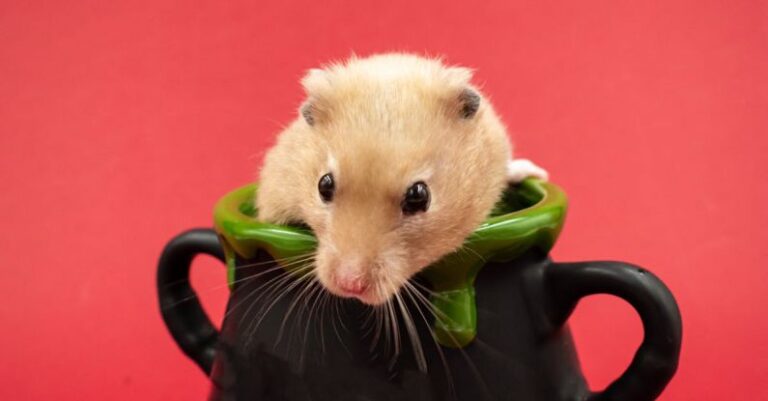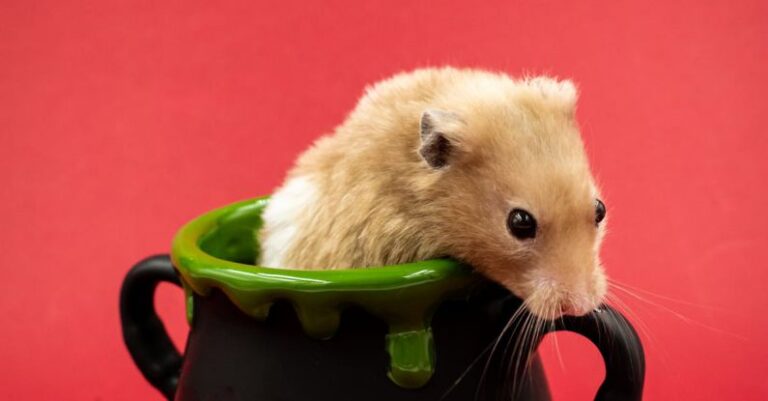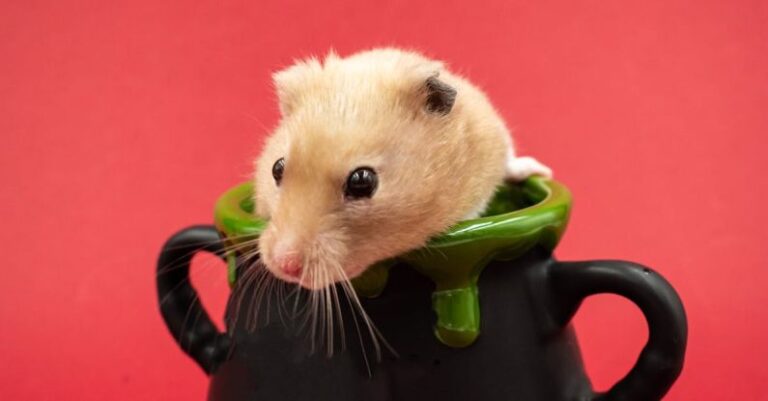
Ensuring the well-being and comfort of animals in group housing environments is a top priority for both animal welfare advocates and those involved in animal care. Group housing, whether for farm animals, laboratory animals, or pets, presents unique challenges that require careful consideration and implementation of best practices. By following guidelines and strategies that prioritize the physical and psychological needs of the animals, group housing can be a successful and enriching experience for all involved.
Understanding Animal Behavior
Before delving into the best practices for group housing, it is essential to have a strong understanding of animal behavior. Different species have unique social structures, communication methods, and territorial instincts that must be taken into account when designing group housing environments. By observing and researching the natural behaviors of the animals in question, caregivers can create living spaces that promote harmonious relationships and minimize stress.
Providing Adequate Space
One of the key factors in successful group housing is providing animals with adequate space to move, socialize, and engage in natural behaviors. Overcrowding can lead to increased competition for resources, aggression, and heightened stress levels among group members. By ensuring that each animal has enough space to establish their own territory and retreat when needed, conflicts can be minimized, and overall well-being can be improved.
Enrichment Opportunities
Enrichment plays a crucial role in maintaining the physical and mental health of animals in group housing. Enrichment activities can include providing toys, puzzles, hiding spots, and opportunities for social interaction. By offering a variety of enrichment options, caregivers can prevent boredom, stimulate natural behaviors, and promote overall well-being within the group.
Creating Safe Social Structures
Establishing clear social structures within a group can help prevent conflicts and promote a sense of security among animals. Dominance hierarchies are common in many species, and caregivers should observe and understand these dynamics to ensure that all group members are able to coexist peacefully. Providing multiple resources such as feeding stations, resting areas, and enrichment opportunities can help prevent competition and reduce the likelihood of aggression.
Monitoring Health and Behavior
Regular monitoring of the health and behavior of animals in group housing is essential for identifying and addressing any potential issues promptly. Changes in behavior, appetite, or social interactions can indicate underlying health problems or stress within the group. By establishing a routine for health checks and behavioral assessments, caregivers can intervene early to prevent more significant issues from arising.
Promoting Positive Social Interactions
Encouraging positive social interactions among group members is key to creating a cohesive and harmonious living environment. Providing opportunities for animals to groom, play, and communicate can strengthen social bonds and reduce tension within the group. Caregivers should also be prepared to intervene if conflicts arise, using positive reinforcement and redirection techniques to promote peaceful interactions.
Maintaining Clean and Hygienic Conditions
Cleanliness and hygiene are essential aspects of maintaining a healthy group housing environment. Regular cleaning of living spaces, feeding areas, and water sources can help prevent the spread of disease and reduce stress levels among animals. Proper waste management and ventilation are also crucial for promoting a clean and comfortable living environment for all group members.
Conclusion:
By implementing best practices that prioritize animal welfare, social dynamics, and environmental enrichment, caregivers can create successful group housing environments that promote the well-being and happiness of all animals involved. Through careful observation, thoughtful design, and proactive management, group housing can be a positive and enriching experience for both animals and their caregivers.





